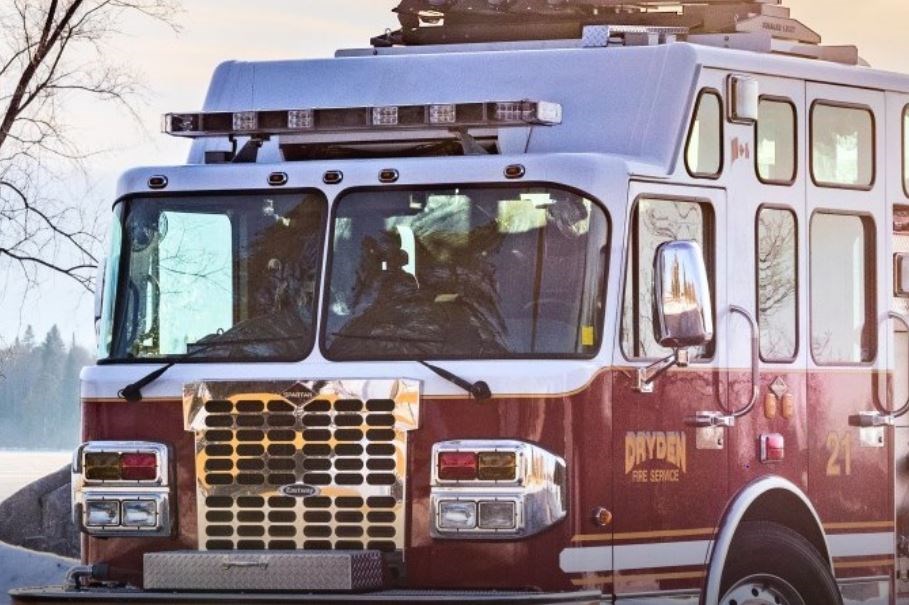DRYDEN — A consultant hired by the city recommends consolidating fire stations.
The fire service master plan, prepared by the Loomex Group, provides several reasons why the fire chief should prepare a report for council to consolidate the fire stations including high response time, understaffing, building code violations, and infrastructure requirements.
“In a lot of cases when we review the states for the fires, Station One was actually past the doors then Station Two,” said consultant Terry Gervais, during his presentation.
According to Gervais, crews from Hall One are responding to fires that are serviced by Hall Two faster.
“The response time for Station One is about four and a half minutes, whereas Station Two is somewhere around 11.5 minutes,” said Gervais.
Dryden CAO Roger Nesbit said the majority of Dryden Fire Departments staff are paid-per-call firefighters. Considering volunteer firefighters respond to calls for service while at their places of employment, he asked the Loomex Group if that response time was factored into the data for Hall Two.
Consultant Gerry Pingitore said that they looked at four years of data.
“If we had a total response time of seven minutes, Hall One would drive down the road for two and half minutes and Hall Two wouldn’t be out the door yet," he responded.
Pingitore explains that if you were combine the two and position a new station in a centralized area, Dryden’s fire department would be able to service the area efficiently.
Gervais said recruitment for Station Two is a challenge, which is contributing to the high response time for the department.
“If you can get some good recruitment going then you can get some good support or be in conjunction with Station One,” Gervais said.
Although, Gervais states that both the stations are “functional,” however, at some point, Council is going to have to address several issues with Hall Two including several costly building code violations that will need to be addressed to stay operational.
Additionally, Hall Two lacks accessibility and inclusive infrastructure, such as separate women’s washrooms and shower facilities, which can potentially be a factor in women not applying to the department.
Gervais suggested that the creation of a new centralized fire station would aid the fire department in recruitment and access to a new training room and training ground.
Furthermore, the report states, “[t]he new station would alleviate the pressures of maintaining two fire station facilities, including the potential need to renovate or replace either or both facilities in the future.”
Nesbit also said building a new fire hall would have a substantial financial impact on the city, including property insurance, if Hall Two wasn’t in use.
Gervais responded that insurance grading wouldn’t affect those outside the area as much as urban areas.
Although, Gervais said people living within eight kilometres of a fire station receive a 10 to 20 per cent discount within their insurance rates.
However, Gervais added that the highest cost to taxpayer would be training firefighters and new equipment for each station or the one if the fire chief or council chooses to consolidate.
At this time, council and Fire Chief Chris Wood do not plan to consolidate the facilities without studying how to improve Hall Two first.
